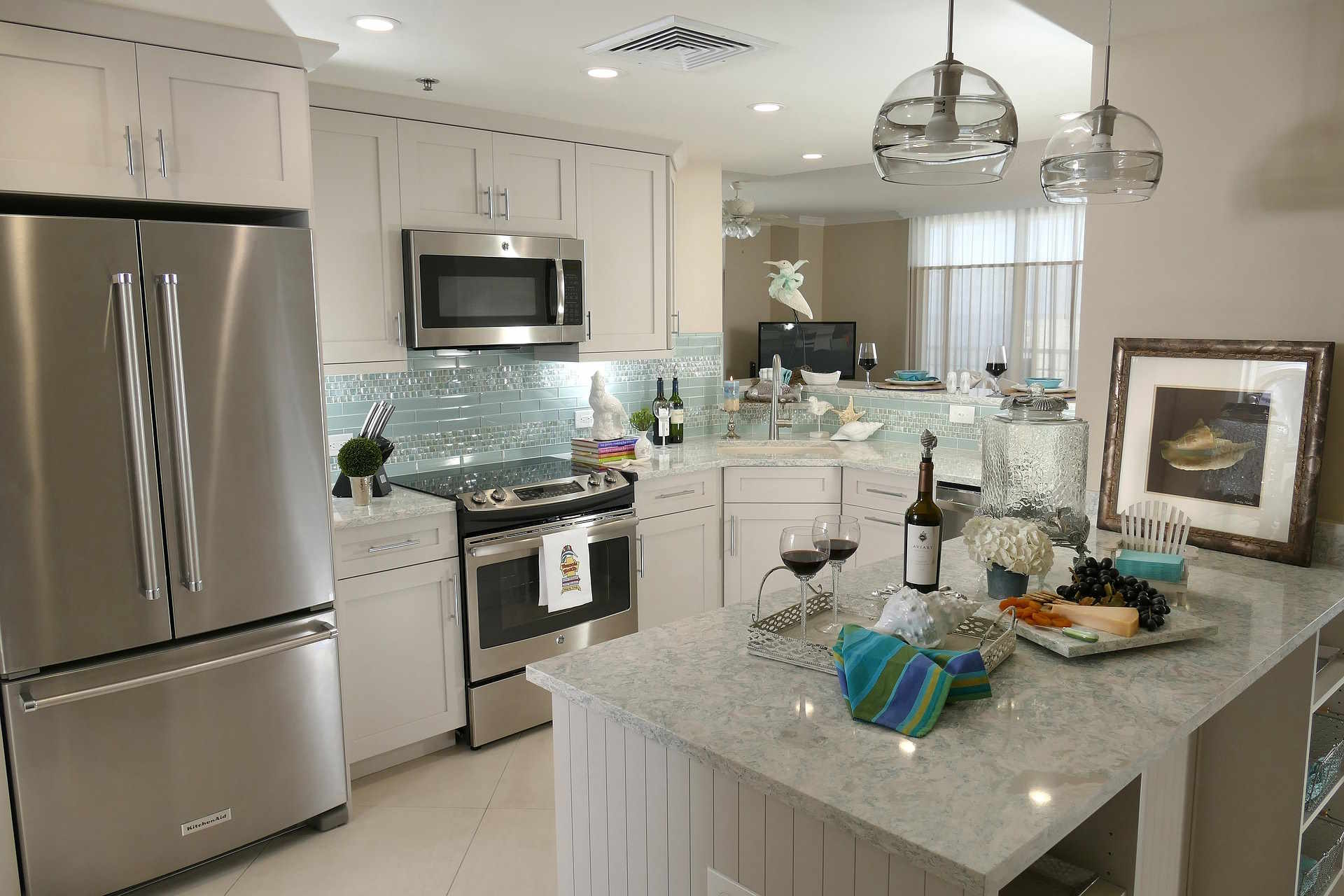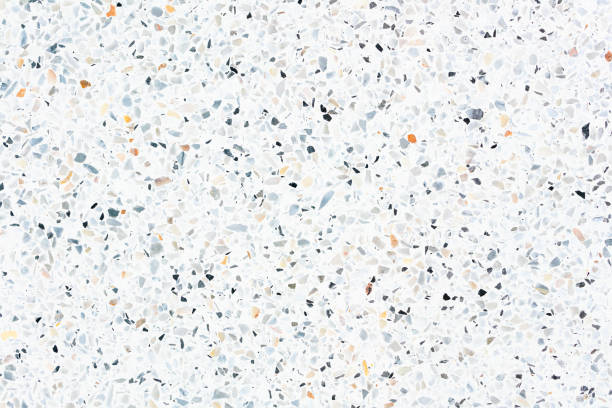Rediscovering the Classic: The Resurgence of Retro Car Design
In the fast-paced world of automotive design, where sleek lines and futuristic aesthetics commonly dominate, there has been a surprising resurgence in popularity for retro-inspired vehicles. Today, we delve into the nostalgic trend of retro car design, its historical context, and the challenges and implications it brings to the contemporary automotive industry.

A Trip Down Memory Lane: History of Retro Car Design
Retro car design, as the name suggests, draws its inspiration from the past. The trend started to gain traction in the late 1990s and early 2000s with the release of models like the Volkswagen New Beetle and the BMW MINI. These cars successfully blended iconic, vintage designs with modern technology and conveniences, igniting the public’s interest in retro-styled vehicles.
Modern-Day Nostalgia: Current Trends in Retro Car Design
Presently, the retro trend shows no signs of slowing down. More manufacturers are releasing updated versions of their classic models, such as the Ford Bronco and the Land Rover Defender. These vehicles retain their iconic design elements, yet come packed with the latest technological advancements, offering the best of both worlds to the consumers.
The Impact of Retro Design: Advantages and Challenges
The re-emergence of retro car design has both benefits and challenges. On one hand, it offers a unique selling proposition in a saturated market, appealing to consumers’ sense of nostalgia and desire for individuality. On the other hand, balancing the classic aesthetics with modern safety standards and performance requirements can pose significant design and engineering challenges.
Retro Design in Practice: Case Study
Take the case of the latest Ford Bronco, for instance. Designers had to ensure that the vehicle retained its distinct boxy silhouette, round headlights, and flat grille while incorporating modern elements like LED lights and advanced safety features. This required significant engineering expertise and creativity to execute successfully.
The Future of Retro: What Lies Ahead?
Given the current popularity of retro design, it’s clear that this trend is here to stay, at least for the foreseeable future. As long as there are consumers who appreciate the blend of classic aesthetics and modern technology, manufacturers will continue to explore this design direction. However, they must also be mindful of the challenges and continuously innovate to ensure that these retro-inspired models meet the ever-evolving consumer expectations and industry standards.
In conclusion, the resurgence of retro car design is a fascinating trend in the automotive industry. It showcases the powerful impact of nostalgia and the timeless appeal of classic design elements. As we move forward, it will be intriguing to see how this trend continues to shape the automotive landscape, blending the past and the future in compelling ways.





